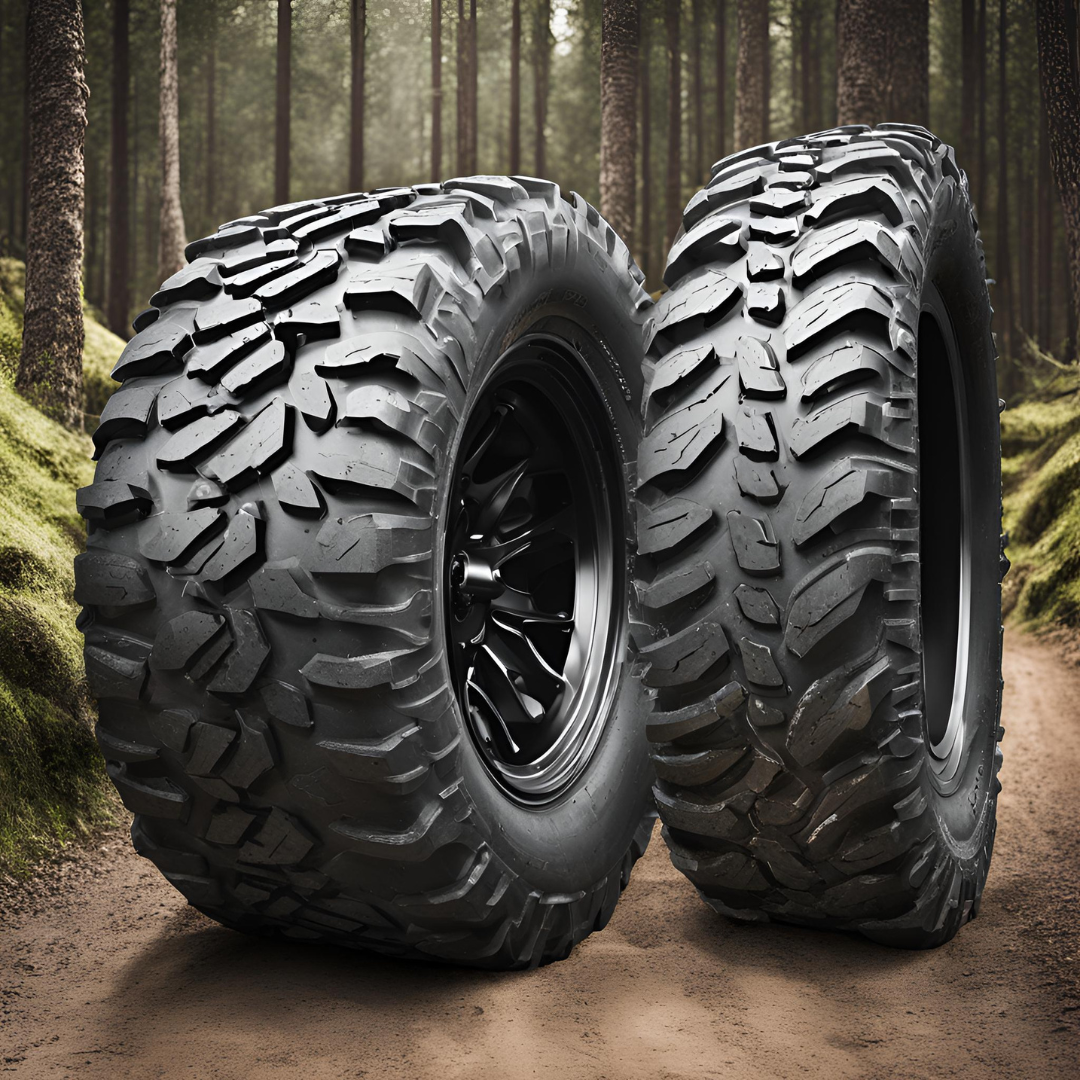
The Great Tyre Debate: Wide vs. Narrow for Off-Road Performance
Off-roading enthusiasts are always in search of the perfect tyre setup to conquer challenging terrains. One question that frequently arises is whether wide or narrow tyres perform better off road. The answer isn't straightforward, as both have advantages and disadvantages depending on the specific conditions and driving style. This article delves into the nuances of wide and narrow tyres, exploring their performance on sand and rocks to help you make an informed decision.
Understanding Tyre Width and Its Impact
Tyre width significantly influences several aspects of off-road performance.
- Contact Patch: The contact patch is the area of the tyre that touches the ground. Wider tyres generally have a larger contact patch, which can provide better flotation on soft surfaces like sand. Narrower tyres, on the other hand, have a smaller contact patch, but they can dig deeper into loose surfaces, potentially offering better traction in certain situations.
- Ground Pressure: Ground pressure is the force exerted by the tyre on the ground per unit area. Wider tyres distribute the vehicle's weight over a larger area, resulting in lower ground pressure. This can be advantageous on delicate terrain, as it minimizes the impact on the environment. Narrower tyres exert higher ground pressure, which can be beneficial for cutting through loose surfaces and reaching firmer ground underneath.
- Sidewall Flex: The sidewall is the part of the tyre that connects the tread to the bead. Narrower tyres typically have taller sidewalls, allowing for more flex. This can be beneficial for conforming to uneven terrain and absorbing impacts. Wider tyres generally have shorter sidewalls, which can provide better stability and cornering performance.
Wide Tyres: Pros and Cons
Pros:
- Better Flotation: Wider tyres excel on soft surfaces like sand, as their larger contact patch prevents them from sinking as easily. This can be crucial for maintaining momentum and avoiding getting stuck.
- Improved Stability: The wider footprint of wide tyres provides better stability, especially at higher speeds and when cornering. This can be beneficial for maintaining control on loose surfaces.
- Reduced Ground Pressure: Lower ground pressure can be advantageous on delicate terrain, minimizing the impact on the environment and reducing the risk of getting stuck.
Cons:
- Reduced Traction on Hard Surfaces: Wider tyres may not perform as well on hard surfaces like rocks, as they have a larger contact patch, which can make it difficult to find grip on small irregularities.
- More Prone to Hydroplaning: The larger contact patch of wide tyres can make them more susceptible to hydroplaning on wet surfaces.
Narrow Tyres: Pros and Cons
Pros:
Better Traction on Hard Surfaces: Narrower tyres can excel on hard surfaces like rocks, as their smaller contact patch allows them to dig into cracks and crevices for better grip.
Less Prone to Hydroplaning: The smaller contact patch of narrow tyres makes them less susceptible to hydroplaning on wet surfaces.
Improved Sidewall Flex: Taller sidewalls on narrow tyres provide more flex, allowing them to conform to uneven terrain and absorb impacts.
Cons:
Reduced Flotation: Narrower tyres may struggle on soft surfaces like sand, as their smaller contact patch can cause them to sink more easily.
Reduced Stability: The narrower footprint of narrow tyres can lead to reduced stability, especially at higher speeds and when cornering.
Performance on Sand
On sand, wider tyres generally have the advantage due to their larger contact patch, which provides better flotation and prevents them from sinking. However, airing down your tyres (reducing the air pressure) is crucial for both wide and narrow tyres on sand. This increases the contact patch even further and allows the tyres to conform to the terrain, improving traction and reducing the risk of getting stuck.
Performance on Rocks
On rocks, narrower tyres often have the edge due to their smaller contact patch, which allows them to find grip on small irregularities and crevices. The taller sidewalls of narrow tyres also provide more flex, enabling them to conform to the terrain and absorb impacts. However, wider tyres can still perform well on rocks if aired down to increase their contact patch and flexibility.
Why the Answer Isn't Always Simple
The ideal tyre width for off-roading depends on various factors, including:
- Vehicle Type and Weight: Heavier vehicles generally benefit from wider tyres for better flotation and stability.
- Terrain Type: Sandy terrains favour wider tyres, while rocky terrains often favour narrower tyres.
- Driving Style: Aggressive drivers may prefer wider tyres for stability, while those who prioritize technical crawling may prefer narrower tyres for precision.
The debate between wide and narrow tyres for off-road performance is complex, with no one-size-fits-all answer. Both have their advantages and disadvantages, depending on the specific conditions and driving style. Wider tyres excel on soft surfaces like sand, while narrower tyres often perform better on hard surfaces like rocks.
Ultimately, the best choice for you will depend on your individual needs and preferences. Consider the type of terrain you'll be driving on most frequently, your driving style, and your vehicle's weight and capabilities. If possible, experiment with different tyre widths to see what works best for you. Remember, airing down your tyres is crucial for maximizing performance on both sand and rocks, regardless of tyre width.
By understanding the nuances of wide and narrow tyres, you can make an informed decision and choose the right setup to conquer any off-road challenge.
